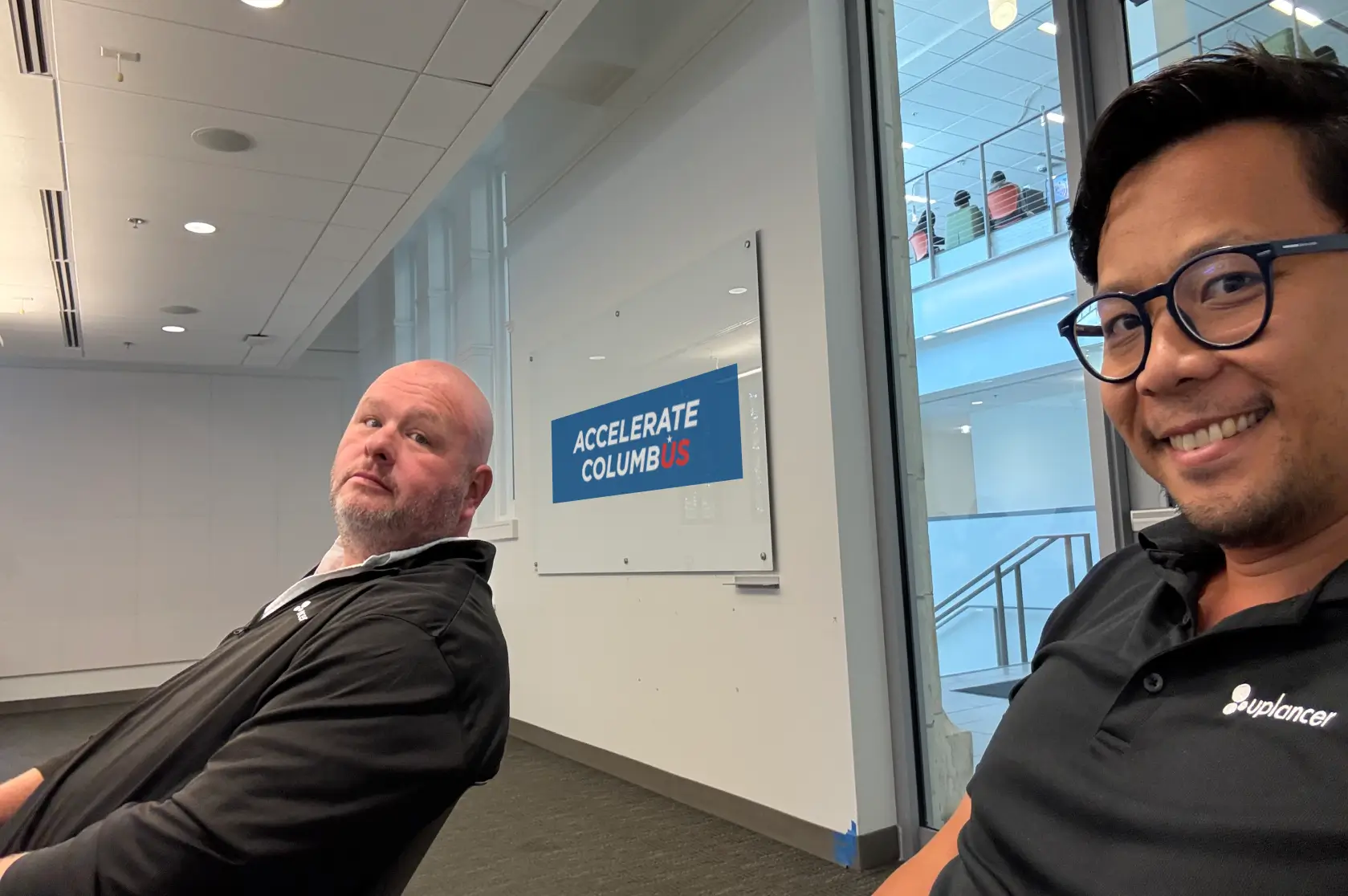Someone once told us, “Web designers are a dime a dozen. They’re just like lawyers.” But here’s the truth: they’re right (unfortunately), but not all web designers are created equal!
Anyone can claim to be a web designer or digital marketing expert, but the real test lies in their results, process, and skill. In this article, we’ll break down what it really means to be a professional web designer, and what you should expect when working with a top-tier design team.
UI/UX Focused Web Design: The Foundation of a Great Website
When most people think of web design, they picture visual components: colorful pages, clean layouts, and stylish graphics. And they’re not wrong. But there’s more to it.
Let’s begin with the basics of web design:
- UI (User Interface): These are the visual, static elements of your website. That includes the homepage sections, navigation bar, header, footer, color schemes, typography, and overall layout. A clean, well-organized interface helps users understand where to go and what to do next.
- UX (User Experience): This focuses on how users interact with the site. It includes scrolling behaviors, hover effects, transitions, animations, and user flows. When done right, UX design feels seamless.
When UI and UX come together, they form a cohesive digital story. And in Columbus, where competition is fierce across industries, professional web design must be equal parts beautiful and functional to drive engagement.
Remember, Web Design Is More Than Just Looks
While UI/UX is important, great web design goes much deeper than just aesthetics. Let’s explore the less obvious, but equally critical, skills and responsibilities that designers must bring to the table:
1. Strategy and Planning
Before the first pixel is placed, great web design begins with strategy. What are the goals of the website? Who is the audience? What actions do you want users to take?
A solid strategy helps structure your site’s navigation, determine page hierarchy, and ensure that every element has a purpose. Our “crawl, walk, run” approach allows our web designs to start small, iterate quickly, and scale effectively.
2. File Optimization and Performance
Website speed is non-negotiable. Designers must understand how to optimize files by choosing the right formats (like WebP for images) and compressing them properly. Oversized files slow down your site, hurting both user experience and your Google ranking.
In a competitive market like Columbus, performance can make or break conversions and leave a bad impression on customers. Remember, SEO is critical to modern websites and is a game of inches. Any advantage that you can have over competitors ranks you higher on SERPs than they do.
3. Accessibility Compliance
The Americans with Disabilities Act (ADA) is reshaping how websites are built, which good web design must embrace. Accessible design not only supports legal compliance but also improves usability for everyone. Google even considers accessibility as an essential website metric through its PageSpeed reports.
As such, designers must know how to use contrast ratios, alt text, and ARIA labels to maximize a website’s effectiveness.
4. Team Collaboration
Brilliant web designers don’t work in a vacuum. They must collaborate with:
- Web developers for backend functionality.
- SEO specialists to ensure on-page optimization.
- Content creators to craft engaging copy.
- Project managers to stay on budget and schedule.
- Account managers to manage client expectations.
Whether you’re working with an agency in Columbus, Ohio or an in-house team, a designer’s ability to communicate and coordinate across departments is key to launching a successful site.
Web Design Tools Every Professional Must Know
Web design has evolved dramatically over the past decades. Today’s top designers must be fluent in both creative and technical tools. These include:
- Content Management Systems (CMS) like WordPress, Webflow, Framer, or Shopify.
- Page speed optimization tools like Google PageSpeed Insights or GTmetrix.
- SEO best practices for metadata, image alt tags, and structured content.
- CRM integration for lead capture and user data management.
- Google Analytics & Tag Manager for user behavior tracking.
- Libraries and frameworks such as Bootstrap or Tailwind CSS.
- HTML and CSS proficiency for layout control and custom styling.
In a tech-savvy city like Columbus, businesses should expect modern solutions powered by these latest web technologies. Don’t let your technology be a setback for good web design.
Great Web Design Is an Ongoing Process
The final point and the biggest misconception about web design is that it’s a one-time task. In reality, the best web design is a continuous process.
Why? Because:
- User behavior evolves.
- Design trends change.
- Technology improves.
- Your business goals shift.
A site that performed well two years ago is likely outdated or underperforming today. That’s why web designers must stay ahead of the curve, continuously testing new ideas and implementing what’s proven in real-time.
If your Columbus-based business wants to stay competitive, regular web design audits and updates are a smart, simple, and scalable investment.
Final Thoughts: Invest in Quality Web Design in Columbus
Your website is your digital storefront. It’s often the first impression customers have of your brand. and in today’s online-first world, that impression matters more than ever.
Whether you’re launching a new brand, refreshing an outdated site, or optimizing for conversions, investing in professional web design in Columbus can give your business a serious edge.
At Uplancer Agency, we specialize in designing responsive, accessible, and conversion-driven websites for businesses across Columbus and beyond. Our design team doesn’t just make sites look good; they make them work harder for your bottom line.
Ready to elevate your web presence? Connect with us today to build something amazing together.













